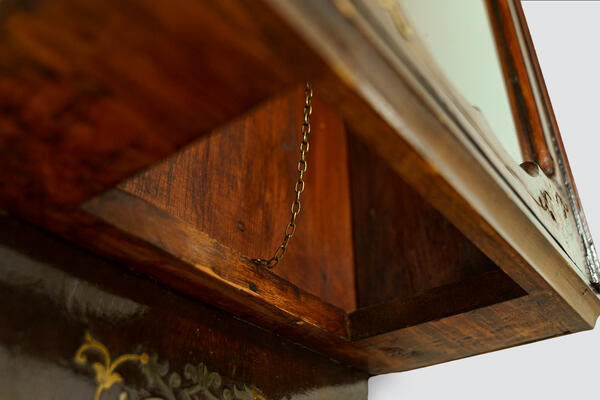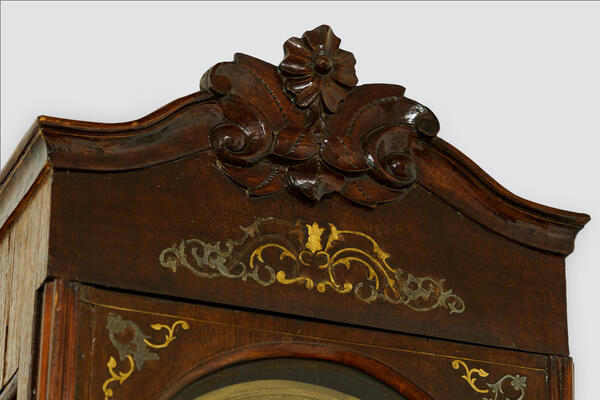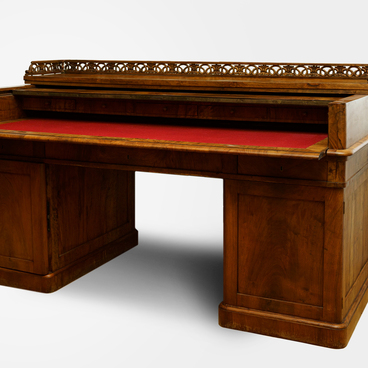Nikolay Alexeyevich Nekrasov inherited his love of hunting from his father. The poet preferred hunting not with hounds, but with gundogs.
Hunting activities in the vicinity of the Karabikha estate were abundant and varied. According to the recollections of the poet’s sister Anna Alexeyevna Butkevich, Nikolay Alexeyevich, upon arrival in the village, first worked for a few days, and then began to prepare for hunting. Local peasant hunters informed him of the news. If there were areas not far from the estate that abounded in game, Nekrasov went there alone or with a huntsman.
The poet befriended many peasants. One of his companions was a huntsman Nikolay Andreyevich Osorin from the village of Makarovo, Rostov uyezd, Yaroslavl province. Once Osorin received a powder horn and a watch as gifts from the poet.
In 1952, Anatoly Fedorovich Tarasov, director of the Karabikha Museum, had a chance to meet Osorin’s eldest grandson. As it turned out, his grandfather kept two of Nekrasov’s rifles: the poet had given one of them to the hunter and had somehow left the other one in their house, together with a cartridge case and a horn. Over time, these things got lost, with one gun being confiscated by the police and the other given to someone.
Later, Anatoly Fyodorovich found one of Nekrasov’s rifles in one of the neighboring villages, and then a powder horn was found in the Osorins’ house. The clock displayed in the museum was also brought to the museum in 1982 from the Osorins’ house in the village of Makarovo.
The clock has an enamel-covered round dial with
Roman and Arabic numerals in a metal frame. The clock is equipped with two
copper weights. The movement is located in a rectangular wooden case with
glazed front and side walls. The sides are profiled and decorated with zinc and
brass inlay. The cornice is also profiled and has a carved decoration in the
form of a flower, leaves and scrolls. At the base is a rectangular frame with a
hole for weights. There is also a carving with a pattern that tapers downwards,
it is decorated with a pattern with inlay. The door of the case is locked with
a metal hook and loop.





